Premièred within two years of each other, Luchino Visconti’s film and Benjamin Britten’s opera Death in Venice both take Thomas Mann’s novella as their starting point. But from shared beginnings the two works diverge dramatically. The cloying visual beauty of the film, its pink-and-grey vision of Venice swaddled in Mahler strings, couldn’t be further from the stern, self-loathing austerity of Britten’s last opera, whose beauty is much harder won.
The sea that pounds and dashes the Suffolk coast in Peter Grimes is lulled in Death in Venice into the queasy, syncopated swell of the lagoon, a miasma of heat and sickness rising from its waters. The vistas from the Lido may be broad, but the atmosphere is claustrophobic as we find ourselves trapped in the mind of ageing writer Aschenbach, whose obsession with the exquisite Polish boy Tadzio blocks all else from view.
A score often reduced to just a single, soliloquising voice and piano delights in restriction, picking and fretting over tiny musical ideas like a gull with a scrap, before relenting and swelling into illicit richness and colour (vibraphone lending its glossy shimmer of heat haze) in the Tadzio episodes.
But if Britten’s score plays an elaborate game of tension and release, then David McVicar’s new staging is all release, albeit a tastefully calculated one. Vicki Mortimer’s designs place us handsomely (a discreet waft of expense hangs around this production) but perhaps too literally in Venice. Pillars and arches frame throngs of Edwardian travellers in perfect Manet groupings of linen, lace and silk. A life-size gondola glides moodily through mist, defying the high-minded audience not to think of The Phantom of the Opera, and impish throngs of boys play beach football and wrestle with pointed toes and carefully choreographed grace.
It’s very gorgeous, very grown-up theatre-making, elevated by the rhetorical range of Paule Constable’s lighting, but is this really Britten’s Venice? Where is the grungy, sludgy stink we hear in the piano writing? Where is the slow decay, the imperceptible slip from solemn beauty into the grotesque? Mark Padmore’s Aschenbach carries an Evangelist’s dignity with him even into death, and why shouldn’t he? Since Leo Dixon’s Tadzio is more strapping twentysomething than pubescent boy, where is the harm in a little fantasy as he cavorts, stripped to the waist, with self-conscious skill?
There’s a disconnect between what we see and hear. Under Richard Farnes, the orchestra turns chamber ensemble, grouping and clustering through a suggestive palette of smudgy browns and metallic greys. Brutal volleys of piano and harp inject violence into a performance of telling economy. Vocally too, everything is here, from the fastidious precision of Padmore’s Aschenbach, tension running through his voice as he reaches for inexpressible, inadmissible love, to Gerald Finley’s chameleon turn — sketching character after character in deft musical lines from the mincing Elderly Fop (his fluting falsetto horribly pure) to the Hotel Manager, hand raised discreetly to secure his toupee with every obsequious bow, and the glibly chattering Barber.
Tim Mead’s Apollo has butched up vocally since last heard at ENO, and the new muscularity and force in the tone suits this staging well, adding a much-needed sense of menace, its beauty painful, unrelenting. Richly cast cameos include Rebecca Evans’s Strawberry Seller, Sam Furness as the Glass Seller, and Dominic Sedgwick’s ear-catching English Clerk.
Handsome, revivable and impressively performed, the Royal Opera’s new Death in Venice has everything going for it. So why wasn’t I moved? Maybe because of what it doesn’t do, doesn’t show. It’s a production that’s busy holding its toupee in place when what it really needs is to let it fall and expose the bare, tense flesh of Britten’s cruellest opera.
How many composers have Kanye West next to Renée Fleming and the LA Philharmonic on their CV? Have won a Pulitzer Prize aged just 30? Appear as singer, violinist and composer in a single concert? It’s hard to swear to the latter, but the answer to the first two is just one: Caroline Shaw. Riding high on a double Grammy nomination for Orange, the young American composer came to Kings Place last week with her fellow nominees the Attacca Quartet.
Built up in intricate layers, often highly rhythmic, Shaw’s uncombative, post-minimalist style shares lineage with Julia Wolfe, Nico Muhly, Michael Torke, but has a rough-hewn, woody edge, brought out by the forthright, folk-directness of the Attaccas’ delivery. There’s textural interest — banjo-like pizzicatos, whispered bowing across unvoiced strings, gleaming harmonics — and plenty of fluent, clever counterpoint, but for now there’s still a sense of Shaw as hermit crab, trying on different musical shells for size: a Bach chorale, a classical minuet and trio and, most strikingly, the lilt and chime of Appalachian hymns. All fit neatly, but currently feel more like a series of statements than an overarching argument.
Got something to add? Join the discussion and comment below.
Get 10 issues for just $10
Subscribe to The Spectator Australia today for the next 10 magazine issues, plus full online access, for just $10.
You might disagree with half of it, but you’ll enjoy reading all of it. Try your first month for free, then just $2 a week for the remainder of your first year.

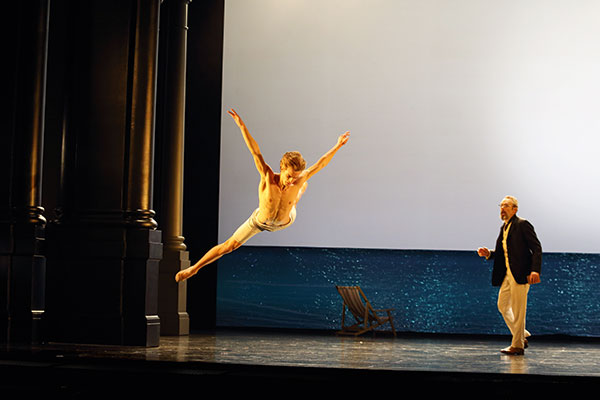
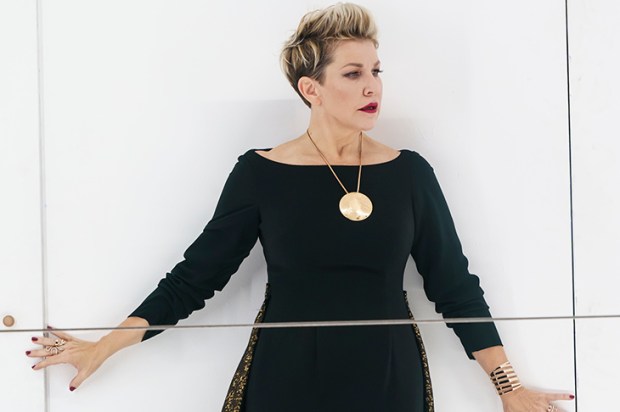
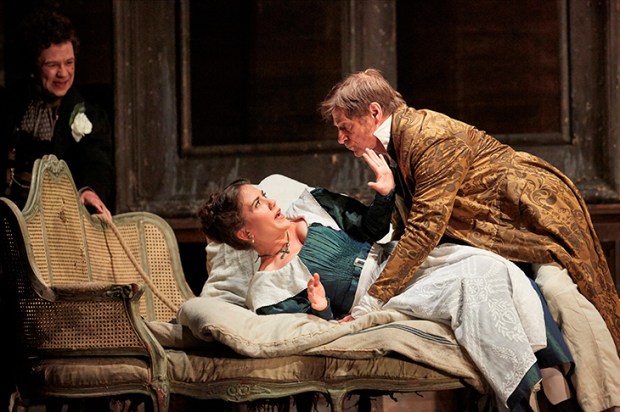
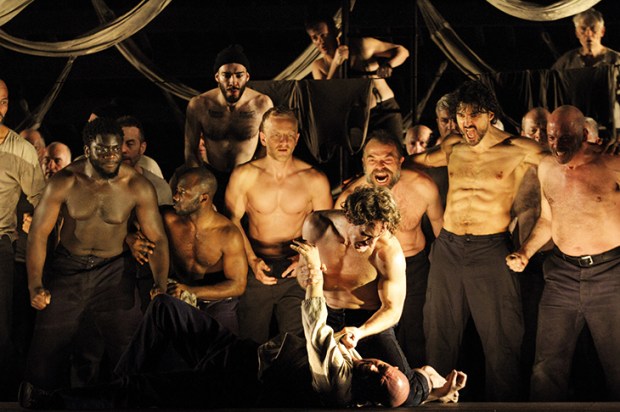
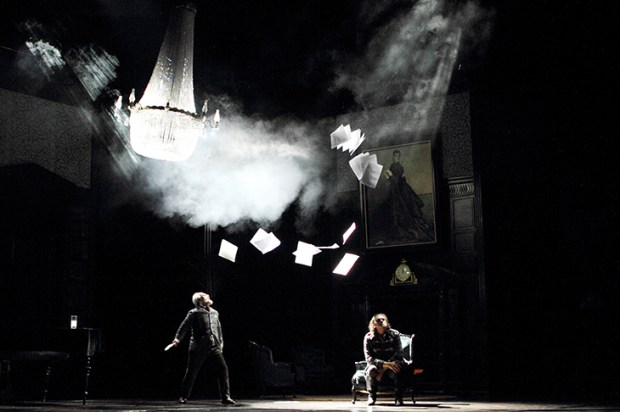
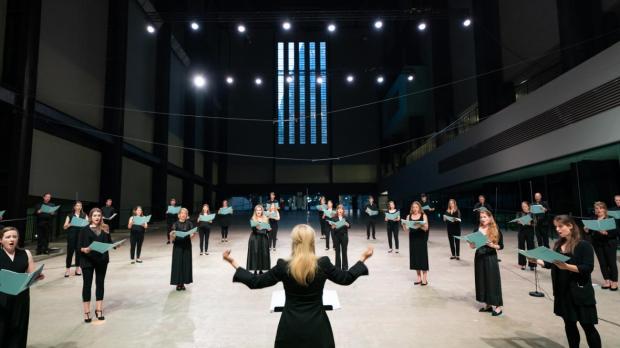
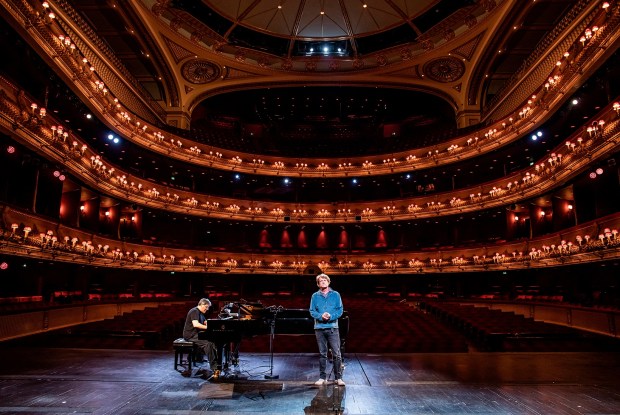






Comments
Don't miss out
Join the conversation with other Spectator Australia readers. Subscribe to leave a comment.
SUBSCRIBEAlready a subscriber? Log in